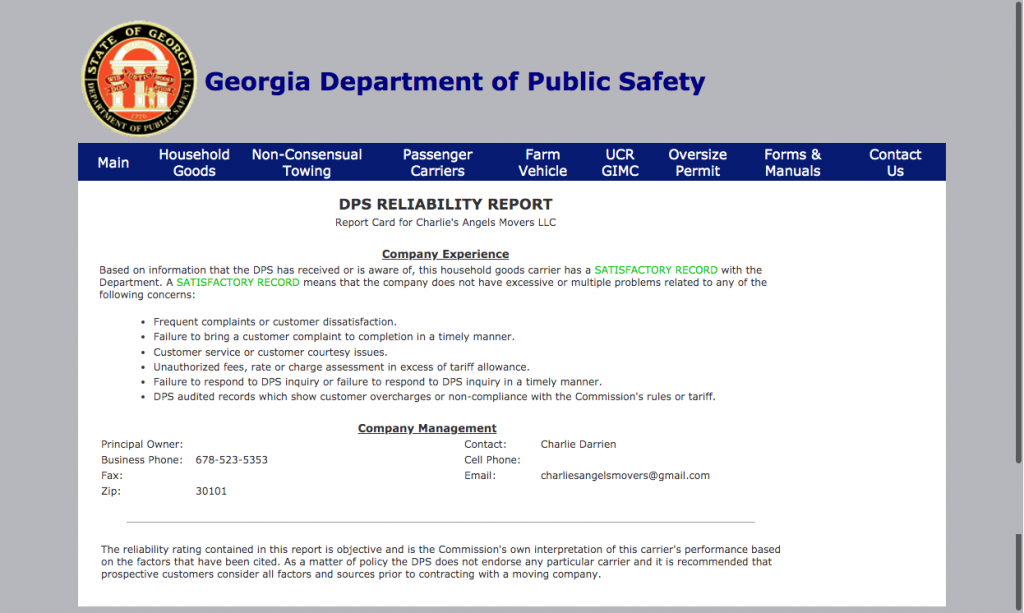
Written By Jetsetter Marketing Team | 09.24.25
When it comes to private aviation, travelers are often presented with two options: buying a jet card or booking on demand charters. At Jetsetter Charter Jet Service, we believe flexibility, transparency, and value should always come first. That is why on demand charter is the smarter way to fly. Here is why:
1. Pay Only When You Fly
With a jet card, you are committing upfront, often depositing six figures or more, without knowing exactly when or how often you will use those hours. On demand charter gives you the freedom to pay only for flights you actually take. No large deposits, no locked in contracts, no risk of unused hours.
2. Greater Flexibility in Aircraft Selection
Jet cards typically limit you to one category of aircraft or a narrow fleet. That means you may be stuck flying a midsize jet when a light jet would do, or paying for more airplane than you need. With on demand charter through Jetsetter, you have access to over 5,000 aircraft worldwide. Each trip can be tailored to your exact needs, whether that is a Citation CJ1 for a quick hop or a Gulfstream for a transcontinental flight.
3. Transparent Pricing with No Hidden Fees
Many jet card programs include blackout dates, peak day surcharges, and hidden restrictions that drive up costs. On demand charter provides clear, upfront pricing for every trip. You will always know exactly what you are paying for, with no surprises.
4. No Long Term Commitment
Buying into a jet card program ties up your capital and locks you into their rules. On demand charter gives you the ultimate freedom, fly as little or as often as you want. Your travel adjusts to your lifestyle, not the other way around.
5. Personalized Service Every Time
With Jetsetter, every trip is customized for you. From aircraft selection to catering preferences, our team ensures that every detail is covered. Jet cards may give you hours in the air, but they cannot match the tailored experience of flying with a brokerage that puts you first.
The Jetsetter Advantage
Private aviation should be about convenience, not compromise. On demand charter with Jetsetter gives you access to the right aircraft, at the right time, for the right value, without the limitations of a jet card.
“Jet cards lock you into their terms. On demand charter gives you freedom, flexibility, and real value. At Jetsetter, our clients get the aircraft they want, when they want it, without compromise.” — Mike Howard, CEO of Jetsetter Charter Jet Service


